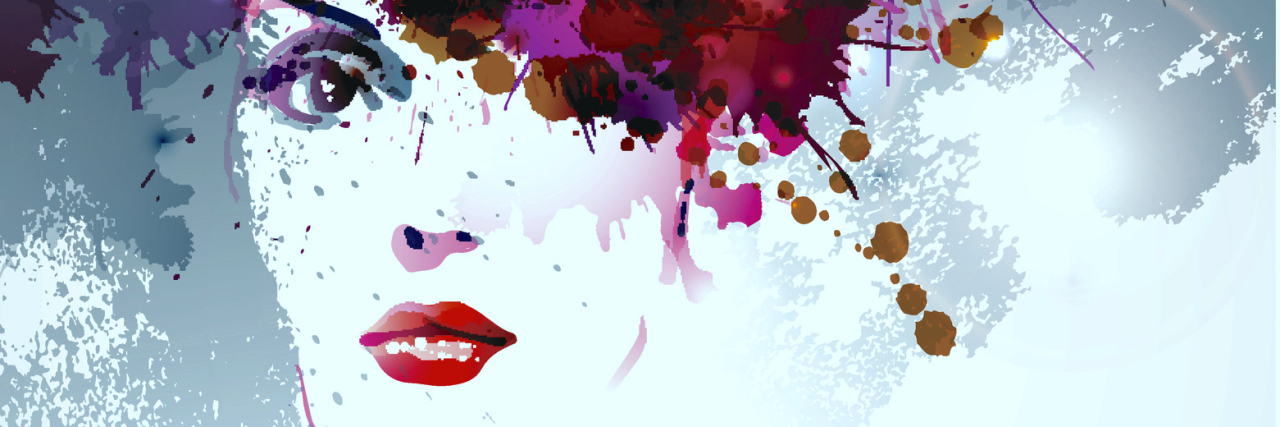When most people think of sarcoidosis, what usually comes to mind is… OK, let’s start by correcting that – most people don’t ever think of sarcoidosis at all (in fact, most have never even heard of it). Once they learn of this disease, usually because someone they know has been diagnosed, they most likely think about breathing problems. That makes sense, since 90 percent of people with sarcoidosis have it in their lungs. This can lead to severe bouts of pneumonia, pulmonary fibrosis (scarring) and more.
I do have sarcoidosis in my lungs – that’s actually what helped lead to my diagnosis, after nearly eight years of trying to figure out what was wrong with me. But (knock on wood) my breathing issues are relatively minor. The most severe symptom I have, the one that dozens of doctors and dozens of treatments have been unable to adequately contain, is chronic pain. Because sarcoidosis can affect nearly any organ in the body and is frequently accompanied by a number of comorbidities and/or complications, sarcoidosis patients often live with pain in a variety of forms, severities and parts of the body.
For me, that literally means pain from head to toe. I have been living with a few different types of headaches for most of my life: these include tension headaches since high school, migraines since college and, within the past decade, sinus headaches from chronic sinusitis (which my ENT said could be from sarcoidosis), and more headaches that come as a side effect of medication. I also have fibromyalgia, which is “characterized by widespread musculoskeletal pain,” among other symptoms, and have suffered with painful endometriosis since college, and irritable bowel syndrome since long before they even called it IBS. Since sarcoidosis is an inflammatory disease, the chronic inflammation causes painful arthritis, most often in my ankles, knees, hips and hands, as well as muscle aches most often in my neck, back and arms. As sarcoidosis affects my nerves, the neuropathy causes a painful pins and needles feeling in my hands, feet and lower legs, a sharper pain that shoots down from my hips, and back pain that can be completely incapacitating. Even cutaneous (skin) sarcoidosis causes erythema nodosum, painful bumps that develop on my legs. I am in pain every minute of every day; it just varies in location and severity.
The pain can be debilitating. There are days when I can’t get out of bed for an hour after I wake up, and moments when I am literally stopped in my tracks from a sudden burst of pain while I’m out. But the pain itself isn’t always the worst part. Because pain is invisible, sarcoidosis patients like me are often told that we don’t look sick. This is actually a double-edged sword, though. While I’m glad I don’t typically go around looking like an extra from “The Walking Dead,” people often have difficulty believing what they cannot see. Since we look fine, people assume that we are fine – and often do not fully understand or believe how much we are truly struggling. This can lead to all sorts of problems – with friends, when we have to cancel plans; with family, when we have to miss special occasions; with employers, when we have to call in sick so often; with Social Security, when we have to apply for Disability; even with (some) doctors, when we try to get some much needed relief.
That’s why Chronic Pain Awareness Month is so important. First and foremost, it is an opportunity for chronic pain patients to share our experiences, to help educate not only those closest to us, but anyone who is willing to listen (or read). The more we share each other’s stories and raise awareness, the better we can support the next person who is struggling with chronic pain and its societal consequences.
Speaking of the next person… that’s the other great thing about Chronic Pain Awareness Month – sharing these stories helps to connect us with the next person who is struggling. Living with chronic pain that affects every aspect of our lives can be incredibly isolating. It’s easy to feel like we’re all alone, that no one else understands what we’re going through. But when we raise awareness, each of us gets to see that we are not alone. In fact, a
recent study from the National Institutes of Health reports that 11 percent of Americans (that’s around 25 million people) live with chronic pain. Through blogs, social media, patient-centered organizations and support groups (both in person and online), we find people we can turn to with questions, ideas, joys and sorrows. We are no longer alone, or just one of 25 million struggling in silence. We are in this together; we are the chronic pain community.
This story was originally written for Foundation for Sarcoidosis Research and posted on Float Like a Buttahfly.
Getty Image by artant

